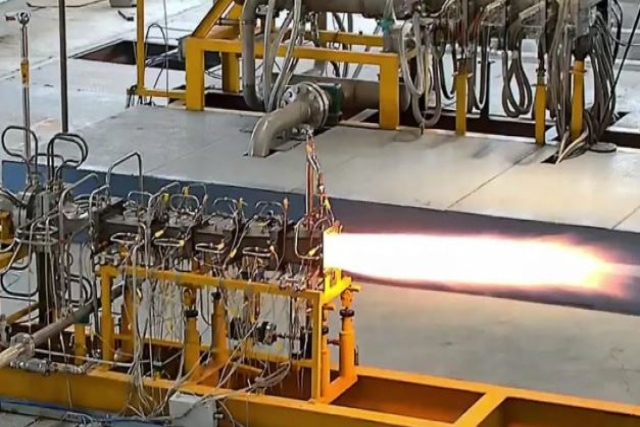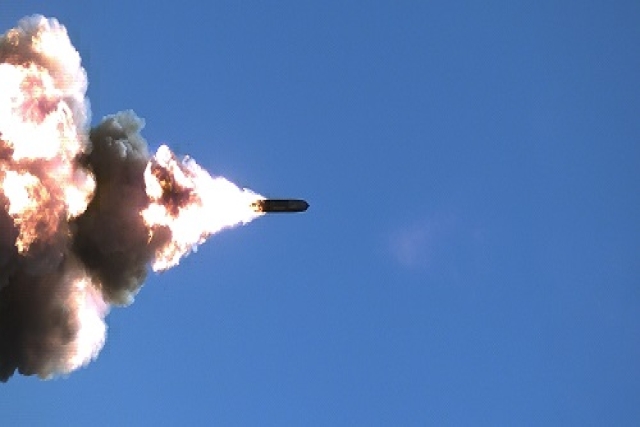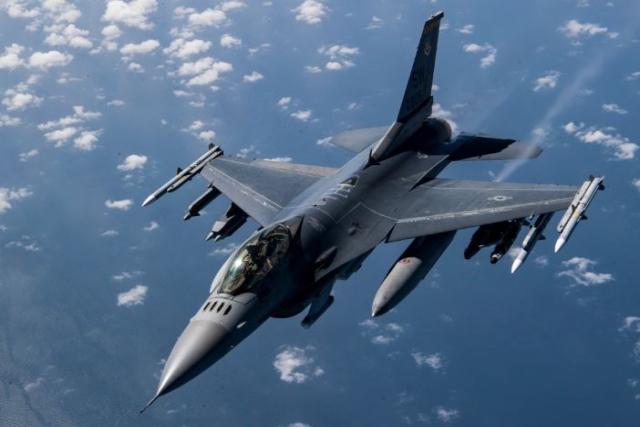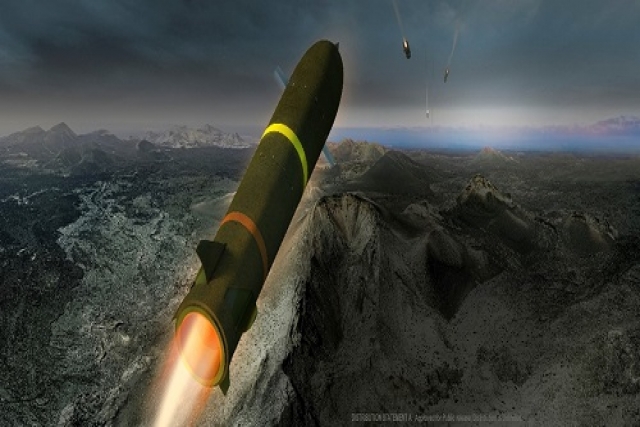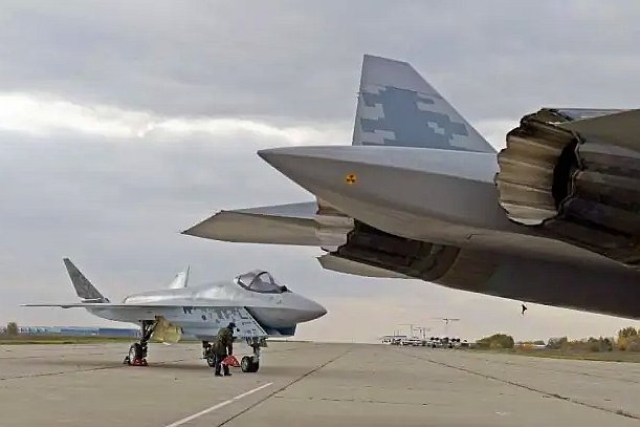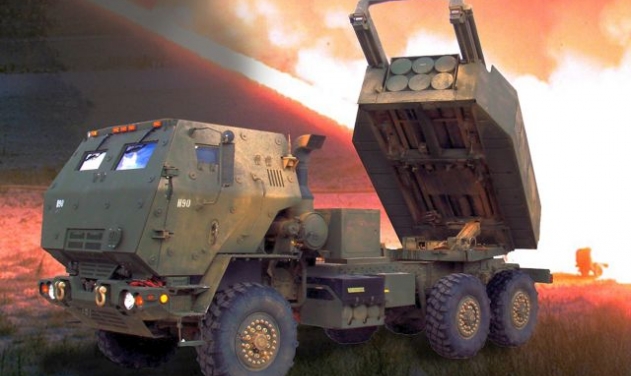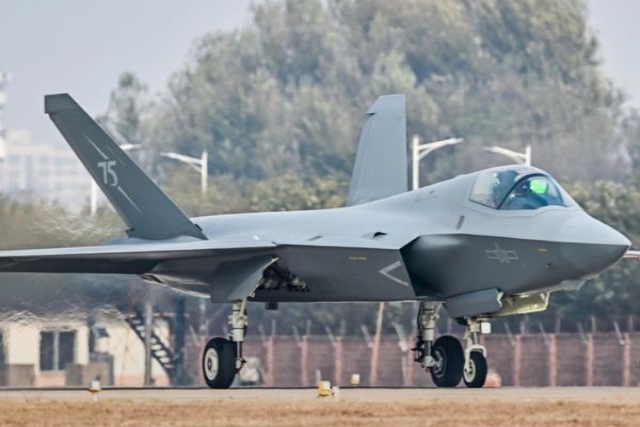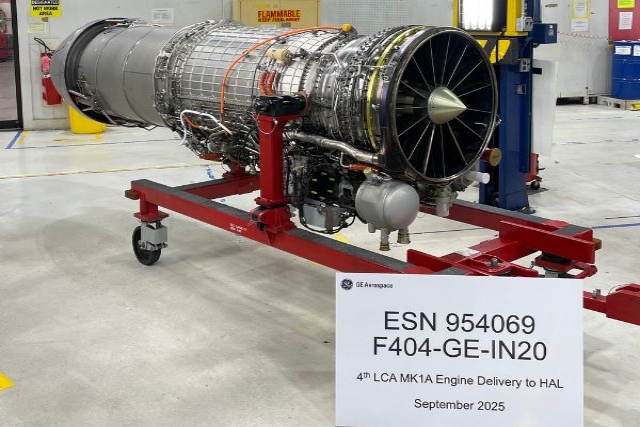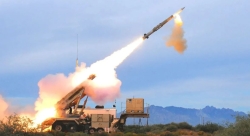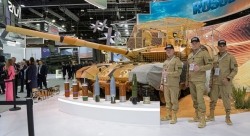U.S. Navy First Air-Launches Solid Fuel Ramjet from Unmanned Vehicle
Trial demonstrates next-generation missile propulsion for longer-range, high-speed naval strike

The U.S. Navy’s Naval Air Warfare Center Weapons Division (NAWCWD) has completed its first air-launch of a Solid Fuel Integral Rocket Ramjet (SFIRR) from an unmanned vehicle, marking a key milestone in advancing missile technology for future naval missions.
The test at Point Mugu, California, also integrated a fire control system on a BQM-34 unmanned target vehicle for live missile firing, showcasing progress in developing high-speed, long-range weapons. Navy officials said that launching missiles from unmanned systems enables warfighters to engage distant targets with greater safety and flexibility.
As the Lead Prototype Integrator, NAWCWD combined advanced propulsion, avionics, and fire control systems into a working technology demonstrator in just 12 months. “This successful integration validates key aspects of our design and moves us closer to delivering an advanced propulsion system that will provide warfighters with greater range and speed,” said Abbey Horning, product director of NAWCWD’s Advanced Concepts, Prototyping and Experimentation office.
While solid fuel ramjet technology has been studied for decades, the latest test underscores its relevance for modern missions. “We’re not just revisiting an old idea; we’re refining and modernizing it to fit today’s mission,” Horning said.
The SFIRR simplifies missile propulsion by removing the complexity of liquid fuel ramjets, reducing weight and enabling missiles to carry larger payloads, travel farther, and maneuver more effectively.
Ephraim Washburn, deputy director for energetics at NAWCWD, compared the technology’s progress to innovations in the automotive sector. “We’ve been driving cars since the early 1900s, but that doesn’t mean we stopped improving them,” Washburn said. “Solid fuel ramjet technology had significant investment in the 1970s and 1980s, but we’re making it a modern propulsion solution for the fleet today.”
The advances are part of the Navy’s ongoing efforts to ensure technological superiority. NAWCWD collaborates with government, industry, and academic partners to deliver propulsion innovations. According to Washburn, insights from this test are already informing the development of a next-generation missile prototype designed to enhance speed, range, and flexibility for future Navy strike capabilities.
“This is a combat-credible technology,” Washburn emphasized. “We are working to refine its range, endurance, and targeting capabilities.”
